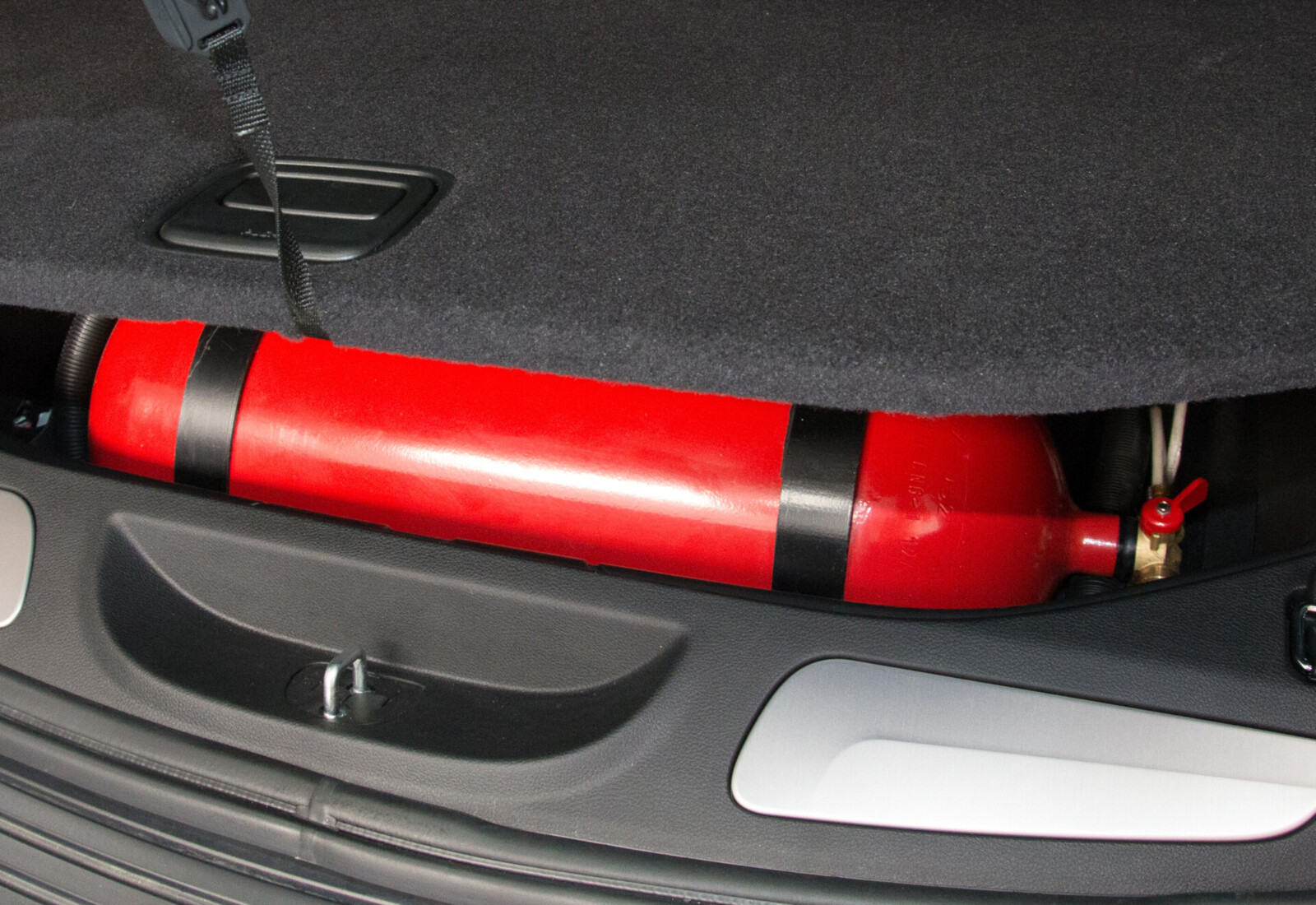

The Diesel Dual Fuel conversions offer of Ecomotive Solutions and Autogas Italia (Holdim group) marks an important step forward. In fact, ministerial approval has been obtained which makes it possible to transform diesel vehicles registered in compliance with the Euro 6D-TEMP standard (which provides for more stringent limits in the control of polluting emissions) using the D-GID LIGHT system.
The vehicle used for the type-approval of the diesel / CNG dual fuel system is a Jeep Grand Cherokee 3.0 Multijet 250CV 4X4 Limited.

Euro6D-Temp diesel powered vehicles have reached high standards with regard to the control of exhaust emissions by adopting increasingly sophisticated electronic components and management. Obtaining certification for this type of vehicle from the Ministry of Transport and Infrastructure - explain the two companies - is therefore a strategic result for the group, which over time has constantly believed and invested in Research & Development obtaining improvements in the electronic management of systems and diesel engines (the specialty of Ecomotive Solutions), both as regards the design and construction of electromechanical components (Autogas Italy).
The Diesel Dual Fuel conversions are designed to work with a mixture of diesel and gas, the combustion of the engine being generated by compression of the diesel fuel.
The system allows the reduction of the injected diesel thanks to the use of different strategies that vary from engine to engine, based on the electronic management adopted by the vehicle manufacturer.
The Diesel Dual Fuel technology platform is applicable not only on the latest Euro 6D-Temp vehicles, but also for all previous engines starting from Euro 3. A solution for cars or light commercial vehicles, but also for heavy vehicles, agricultural tractors, stationary engines and marine engines with diesel fuel.


Gas supply proves to be an extremely versatile solution for different applications. In the case of the Jeep Grand Cherokee, taking the 'dual' route, all the available strategies were used in combination, with optimal results both in terms of driving comfort and economic savings, without altering the torque and power values.
Trunk
Three CNG tanks with a total capacity of 13 kg were housed on the loading surface: each one has a valve electrically controlled by the D-GID LIGHT electronic control unit.
Charging socket
The charge socket to refuel the tanks was positioned laterally in the rear outside the bodywork (however, it can also be installed in the engine compartment as in typical retrofit installations).
Motor power supply
The engine can run on both Diesel and Diesel Dual Fuel, a choice that can be activated through the selector located on the vehicle's dashboard. In 'dual' mode, the control unit activates the gas injectors connected to a double pressure reduction reducer: CNG can thus enter the intake duct and mix with the air and then pass into the cylinder. In addition to managing all electromechanical components, the D-GID LIGHT control unit is the hardware and software terminal for all the strategic information essential for reducing diesel, including replenishing the adequate amount of CNG.
Once natural gas is finished inside the tanks, the system automatically switches to diesel but remains ready for Dual operation, thus allowing a gas restart after refueling.
Consumption and performance
With the 13 kg of methane loaded, it is possible to achieve a journey in Dual mode of 350-370 km before ending CNG. For longer distances it is necessary to install other tanks in the trunk.
In the consumption tests carried out before installation, an average distance of 10-12 km per liter was obtained on a mixed extra-urban-highway route, while in Dual tests (with the same distances) the consumption of diesel was 18-23 km. liter. With CNG, on the other hand, a distance of 19-22 km per kg has been achieved, with a consequent average reduction of diesel fuel of 50%. The percentages of diesel fuel reduction, fuel savings and emissions reduction vary according to the type of route (city, urban, extra-urban and highway, situation in which the best result is obtained).
The performance of power and engine torque does not vary compared to the original diesel-only operation, with data validated through repeated tests carried out on the power test benches. The automatic transmission of the vehicle responds promptly to the driver's requests with precise gear changes that make driving smooth in all engine speed conditions.
